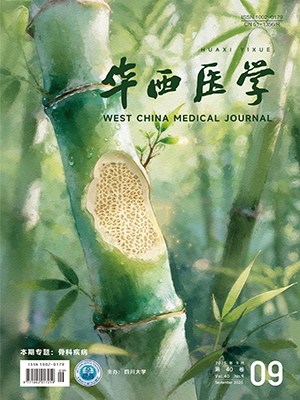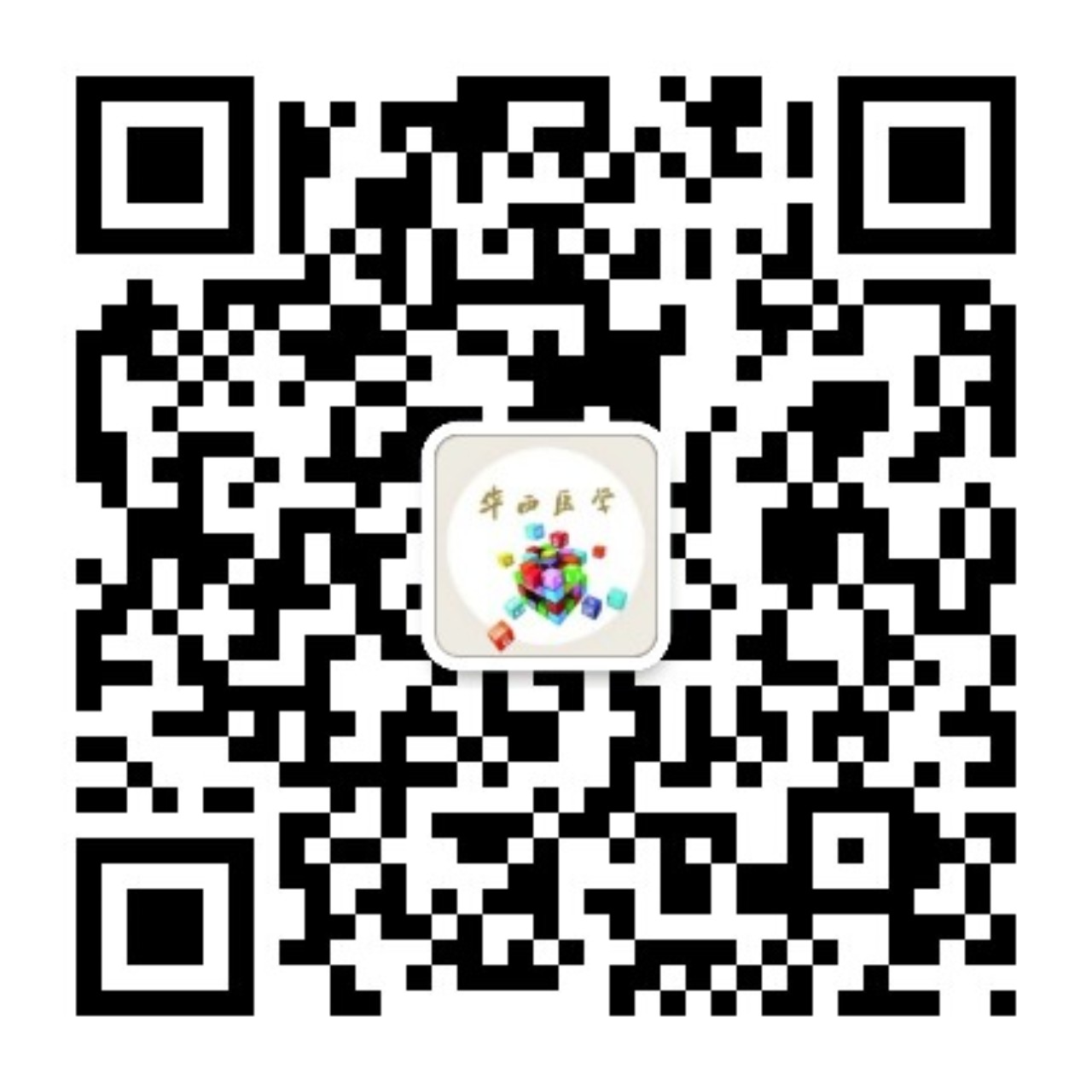| 1. |
Tang Y, Chen A, Zhu S, et al. Repetitive transcranial magnetic stimulation for depression after basal ganglia ischaemic stroke: protocol for a multicentre randomised double-blind placebo-controlled trial. BMJ Open, 2018, 8(2): e018011.
|
| 2. |
Vanderwerker CJ, Ross RE, Stimpson KH, et al. Combining therapeutic approaches: rTMS and aerobic exercise in post-stroke depression: a case series. Top Stroke Rehabil, 2018, 25(1): 61-67.
|
| 3. |
O’Reardon JP, Solvason HB, Janicak PG, et al. Efficacy and safety of transcranial magnetic stimulation in the acute treatment of major depression: a multisite randomized controlled trial. Biol Psychiatry, 2007, 62(11): 1208-1216.
|
| 4. |
Health Quality Ontario. Repetitive transcranial magnetic stimulation for treatment-resistant depression: a systematic review and Meta-analysis of randomized controlled trials. Ont Health Technol Assess Ser, 2016, 16(5): 1-66.
|
| 5. |
Perera T, George MS, Grammer G, et al. The clinical TMS society consensus review and treatment recommendations for TMS therapy for major depressive disorder. Brain Stimul, 2016, 9(3): 336-346.
|
| 6. |
Shen X, Liu M, Cheng Y, et al. Repetitive transcranial magnetic stimulation for the treatment of post-stroke depression: a systematic review and meta-analysis of randomized controlled clinical trials. J Affect Disord, 2017, 211: 65-74.
|
| 7. |
王新德. 各類腦血管疾病診斷要點. 中華神經科雜志, 1996(6): 379-380.
|
| 8. |
World Health Organization. Cerebrovascular disorders: a clinical and research classification. Geneva: World Health Organization, 1978.
|
| 9. |
中華醫學會精神科分會. CCMD-3 中國精神障礙分類與診斷標準. 濟南: 山東科學技術出版社, 2001: 64-67.
|
| 10. |
吳婷婷, 劉丹璐, 黃嬌, 等. 偏倚風險評估工具在針刺 Cochrane 系統評價中的應用. 中國循證醫學雜志, 2014(3): 361-364.
|
| 11. |
楊柳, 劉玉山, 史文宗, 等. 高頻重復經顱磁刺激輔助治療腦卒中后抑郁癥療效觀察. 中國實用神經疾病雜志, 2018(1): 72-74.
|
| 12. |
Gu SY, Chang MC. The effects of 10-Hz repetitive transcranial magnetic stimulation on depression in chronic stroke patients. Brain Stimul, 2016, 10(2): 270-274.
|
| 13. |
李凡, 姚黎清. 重復經顱磁刺激聯合氟西汀對卒中后抑郁的臨床療效研究. 臨床精神醫學雜志, 2017, 27(2): 144.
|
| 14. |
周麗華, 田青, 陳勛, 等. 重復經顱磁刺激治療腦卒中后抑郁的臨床療效及磁共振波譜分析. 臨床薈萃, 2016, 31(5): 532-535.
|
| 15. |
陸強彬, 張慧萍, 楊江勝, 等. 低頻重復經顱磁刺激治療卒中后抑郁的對照研究. 海南醫學, 2016, 27(12): 1963-1965.
|
| 16. |
邢效如, 趙新春, 王魁恩, 等. 低頻重復經顱磁刺激對卒中后抑郁患者認知和日常生活能力的影響. 國際精神病學雜志, 2016(4): 648-650.
|
| 17. |
何予工, 李鵬. 重復經顱磁刺激對腦卒中后抑郁患者抑郁情緒、睡眠障礙及日常生活活動能力的影響. 中華物理醫學與康復雜志, 2015, 37(5): 361-364.
|
| 18. |
劉曉偉, 徐清. 重復經顱磁刺激治療腦卒中后抑郁的療效. 中國老年學雜志, 2015, 35(19): 5621-5622.
|
| 19. |
李克嬌. 低頻重復經顱磁刺激治療對卒中后抑郁患者認知和日常生活能力的影響. 神經損傷與功能重建, 2015(5): 411-413.
|
| 20. |
王潔萍, 張孟瑜, 徐麗麗. 重復經顱磁刺激改善腦卒中后抑郁的臨床觀察. 中國康復, 2015(3): 167-170.
|
| 21. |
楊柳, 劉玉山, 劉蘭祥, 等. 不同頻率重復經顱磁刺激治療腦卒中后抑郁障礙的療效觀察. 中國實用神經疾病雜志, 2014(22): 18-20.
|
| 22. |
范小艷. 度洛西丁聯合重復經顱磁刺激治療腦卒中后抑郁的效果. 中國實用神經疾病雜志, 2014(9): 102-103.
|
| 23. |
王韻喃, 楊軒, 萬賽英. 低頻重復經顱磁刺激改善腦卒中抑郁患者生活能力和認知功能觀察. 現代中西醫結合雜志, 2014, 23(21): 2313-2315.
|
| 24. |
王靜慧, 張向遠, 李凈潛. 低頻重復經顱磁刺激對腦卒中后抑郁狀態治療效應分析. 中國實用醫藥, 2014(17): 70-71.
|
| 25. |
孫佳, 王紅, 宋清揚, 等. 重復經顱磁刺激治療卒中后抑郁的療效. 中西醫結合心腦血管病雜志, 2013, 11(3): 321-322.
|
| 26. |
張朝輝, 穆俊林, 耿彩虹, 等. 重復經顱磁刺激對腦卒中后抑郁患者抑郁情緒及認知功能的影響. 中華物理醫學與康復雜志, 2013, 35(3): 197-200.
|
| 27. |
楊明健. 高頻重復經顱磁刺激治療腦卒中后抑郁的對照研究. 卒中與神經疾病, 2013, 20(5): 303-305.
|
| 28. |
靳會欣, 趙雪平, 劉艷菊, 等. 重復經顱磁刺激對腦卒中后抑郁的影響. 中國康復, 2013, 28(1): 58-60.
|
| 29. |
Coupland AP, Thapar A, Qureshi MI, et al. The definition of stroke. J R Soc Med, 2017, 110(1): 9-12.
|
| 30. |
Siniscalchi A, Iannacchero R, Anticoli S, et al. Anti-inflammatory Strategies in Stroke: a Potential Therapeutic Target. Curr Vasc Pharmacol, 2016, 14(1): 98-105.
|
| 31. |
李瑩, 李光校. 中國腦卒中患者抑郁患病率 meta 分析. 中國公共衛生, 2015, 31(7): 968-972.
|
| 32. |
Ahn DH, Lee YJ, Jeong JH, et al. The effect of post-stroke depression on rehabilitation outcome and the impact of caregiver type as a factor of post-stroke depression. Ann Rehabil Med, 2015, 39(1): 74-80.
|
| 33. |
Ayd?n EP, Genc A, Dalk?ran M, et al. Thioredoxin is not a marker for treatment-resistance depression but associated with cognitive function: an rTMS study. Prog Neuropsychopharmacol Biol Psychiatry, 2018, 80(Pt C): 322-328.
|
| 34. |
Hackett ML, Yapa C, Parag V, et al. Frequency of depression after stroke: a systematic review of observational studies. Stroke, 2005, 36(6): 1330-1340.
|
| 35. |
靳雨, 邢國強, 郭志偉, 等. 重復經顱磁刺激治療腦卒中后抑郁癥效果的 Meta 分析. 中華物理醫學與康復雜志, 2016, 38(5): 384-393.
|
| 36. |
Peng HJ, Zheng HR, Li LJ, et al. High-frequency rTMS treatment increases white matter FA in the left middle frontal gyrus in young patients with treatment-resistant depression. J Affect Disord, 2012, 136(3): 249-257.
|
| 37. |
Koch G. Repetitive transcranial magnetic stimulation: a tool for human cerebellar plasticity. Funct Neurol, 2010, 25(3): 159-163.
|
| 38. |
Mirowska-Guzel D, Gromadzka G, Seniow J, et al. Association between BDNF-196 G>A and BDNF-270 C>T polymorphisms, BDNF concentration, and rTMS-supported long-term rehabilitation outcome after ischemic stroke. NeuroRehabilitation, 2013, 32(3): 573-582.
|
| 39. |
Yukimasa T, Yoshimura R, Tamagawa A, et al. High-frequency repetitive transcranial magnetic stimulation improves refractory depression by influencing catecholamine and brain-derived neurotrophic factors. Pharmacopsychiatry, 2006, 39(2): 52-59.
|




